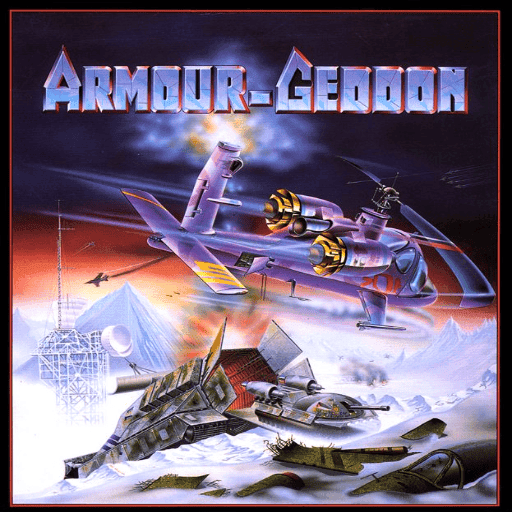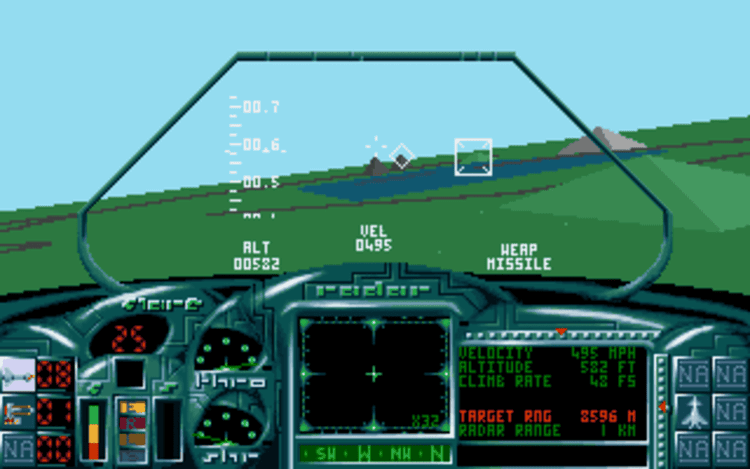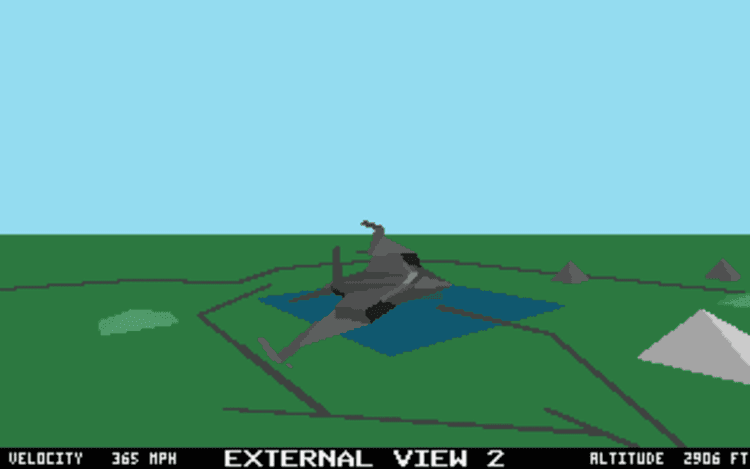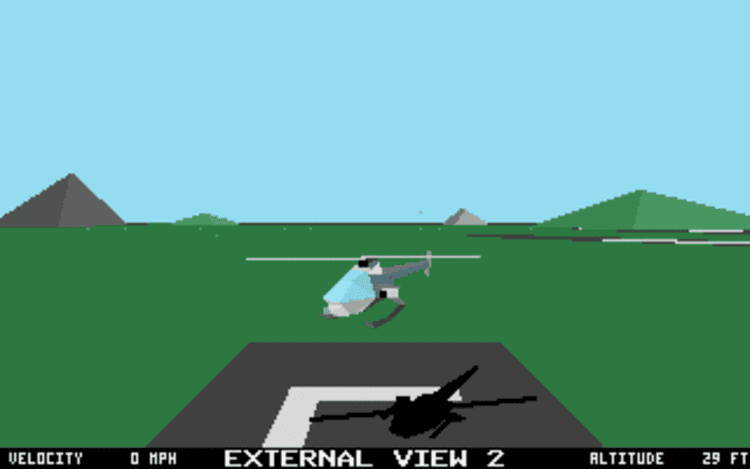
Armour-Geddon is a classic DOS game that fuses tactical planning with first-person vehicle combat, published by Psygnosis. You assemble a strike force, pilot tanks or aircraft, and balance research with frontline action to outmaneuver a ruthless enemy. The hybrid design invites comparisons to Battlezone’s immersive armor warfare and Carrier Command’s strategic resource juggling, while maintaining a distinctive identity. Fans of retro action who want to play online will appreciate how the game emphasizes positioning, target prioritization, and smart upgrades. Whether you skim treetops in a jet or rumble over ridgelines in a heavy tank, every decision shapes the battlefield.
Armour-Geddon stands out among classic DOS action titles by blending battlefield simulation with top-down strategic oversight, and it remains compelling because its systems interlock with unusual elegance. Published by Psygnosis, it captures the mood of a world on the brink and hands you both the map and the trigger. One moment you are laying out research priorities or repositioning units on a theatre-wide display; the next, you are strapped into the cockpit of a jet or the turret of a tank, feeling the terrain roll under you as you pursue radar pips and dodge incoming fire. The dual perspective creates a satisfying rhythm: plan, deploy, strike, reassess. It is this cadence—thoughtful preparation followed by high-stakes action—that gives Armour-Geddon its enduring identity.
The strategic layer is where your campaign truly begins. You’re not just handed superweapons; you invest in research, scrape together materials, and choose which technologies will define your approach. Do you push for faster aircraft and precision munitions to rule the skies, or pour resources into heavier armor and improved targeting for ground dominance? Every improvement demands time and commitment, and that friction is the point—superiority is earned. The result is a long-term arc that makes individual sorties more meaningful. When your newly upgraded tank shrugs off a hit or your jet’s missiles finally find their mark, you feel the payoff of earlier choices. The map is never static, either. Enemy pressure forces you to adapt, juggling repairs, reconnaissance, and strike packages to keep the initiative.
Armour-Geddon’s combat unfolds across polygonal landscapes that still convey scale and tactical nuance. Hills grant cover. Valleys funnel vehicles into kill zones. Open plains tempt speed but punish complacency. The handling models, while accessible, encourage respect for inertia and situational awareness. Tanks demand measured movement and angle management; aircraft reward energy control and smart weapon usage. Sensors and targeting systems matter because sightlines and approach vectors matter. The game’s visual language—radar cues, horizon silhouettes, the sudden flare of enemy fire—teaches you to read the battlespace quickly and respond decisively. Pursuit turns into ambush, and a clean break into the sun can be as effective as a well-placed shot.
What elevates Armour-Geddon is how it ties short sorties to long-term stakes. A successful raid might cripple enemy logistics or protect your research window. A failed strike could set back an entire tech path, forcing you to improvise. Over time, you learn to sequence objectives: recon first to identify anti-air nests, a surgical airstrike to clear a corridor, then armored columns to seize a key position. This layering of tasks gives texture to the campaign and invites experimentation. Even when the odds tilt against you, the game offers space to recover through clever route planning, decoys, or a timely switch in vehicle roles. Victory feels earned not through grinding, but through understanding.
Psygnosis was renowned for mood and presentation, and Armour-Geddon channels that flair into a militarized aesthetic. The interface is clean without being sterile, and the audio cues—engine hums, weapon reports, warning tones—carry both nostalgia and practical information. Briefings and status readouts strike a confident balance between clarity and immersion. The result is an experience that feels weighty without ever dragging. Even today, the stark, angular battlefields communicate a harsh beauty, and the utilitarian color palette underscores the game’s themes: scarcity, precision, and relentless pressure.
Armour-Geddon translates smoothly to play in a browser, keeping its strategic map and cockpit views intact while letting you jump straight into action. You can play free, without restrictions, and the streamlined setup makes it ideal for quick skirmishes or deeper campaigns alike. The interface remains readable on modern displays, and its lean visuals scale well to mobile devices, where short sessions of reconnaissance or a swift strike flight feel perfectly at home. Because the game’s depth comes from tactical decisions rather than complex menus, it remains approachable when played online, inviting both newcomers and veterans to dive in immediately.
Armour-Geddon teaches patience and pattern recognition. You learn that intel outruns impulse, that a clean approach beats a reckless charge, and that preserving assets is a form of offense. Prioritize targets that blind or slow the enemy—radar, artillery, fuel depots—so your frontline units can operate with confidence. Use terrain to break lock-ons and drag pursuers into your SAM umbrella. Pair aircraft with armor so gains stick, and never forget the research tab; a modest upgrade in guidance or armor can tilt the math of every engagement. The game’s magic lies in this feedback loop: your plan shapes the battle, the battle reshapes your plan.
The tight coupling of macro strategy and micro action gives Armour-Geddon a timeless hook. Each session tells a different story because you choose the tech ladder, the targets, and the timing. The 3D battlefields, spare yet legible, reward spatial thinking, while the strategic layer transforms firefights into chapters of a larger campaign. Like other genre touchstones, it empowers the player to set objectives and improvise, but Armour-Geddon distinguishes itself by how naturally it flows from the war room to the cockpit and back again. The result is a classic DOS game that remains rewarding to play online, not as a museum piece, but as a living challenge.
Armour-Geddon is a hybrid war game where your decisions matter at every scale, published with the confident presentation that Psygnosis was known for. Controls remain intuitive: directional keys or standard movement inputs to steer, an action key to fire primary weapons, secondary keys for special systems, and context or map inputs to manage the strategic layer. Master the rhythm of scouting, striking, and consolidating, and the campaign opens up in satisfying ways.
All used codes are publicly available, and the game belongs to its original authors.
Share game
Share game








Share game